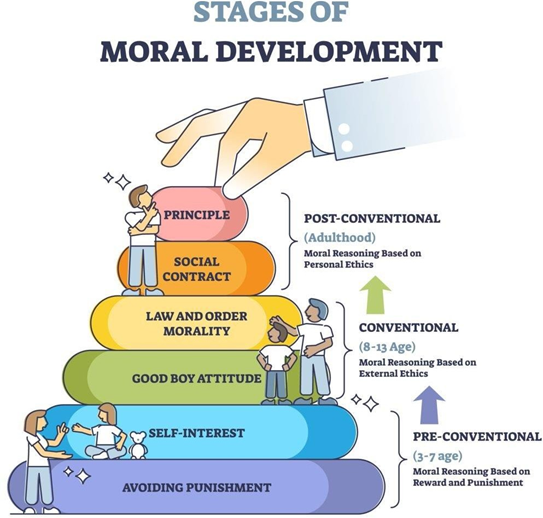The nurse has seen a 15-year-old girl and a 16-year-old boy during health surveillance visits. Which physical characteristics would be seen in both teenagers?
Eruption of the last four molars
Increased shoulder, chest, and hip widths
Decreased respiratory rates of 15 to 20 breaths per minute
Fully functioning sweat and sebaceous glands
The Correct Answer is B
A. Eruption of the last four molars: This characteristic typically occurs during adolescence but may vary individually. However, it is not universal among all teenagers and does not apply to both genders equally.
B. Increased shoulder, chest, and hip widths: During adolescence, both boys and girls experience growth spurts, leading to increased shoulder, chest, and hip widths as part of their overall physical development.
C. Decreased respiratory rates of 15 to 20 breaths per minutE. Respiratory rates in teenagers generally remain within the normal adult range, typically between 12 and 20 breaths per minute. There is no consistent decrease in respiratory rates during adolescence.
D. Fully functioning sweat and sebaceous glands: Sweat and sebaceous glands are typically fully developed and functional by adolescence. This characteristic is not specific to teenagers but applies to individuals of all ages once these glands have matured.
Nursing Test Bank
Naxlex Comprehensive Predictor Exams
Related Questions
Correct Answer is A
Explanation
A. They follow rules out of a sense of being a "good person.": According to Kohlberg, at the conventional stage of moral development, individuals are motivated to follow rules and laws to maintain social order and to be perceived as good members of society.

B. They follow rules out of fear of being punisheD. Fear of punishment is more characteristic of the preconventional stage of moral development, where individuals make moral decisions based on avoiding punishment or seeking reward.
C. They follow rules in order to receive praise from caretakers: Seeking praise from caretakers may influence behavior, but it does not reflect the underlying motivation for following rules according to Kohlberg's theory.
D. They follow rules because it is in their nature to do so: While some individuals may have a predisposition to follow rules, Kohlberg's theory focuses on the moral reasoning behind rule- following rather than inherent tendencies
Correct Answer is ["260"]
Explanation
To calculate the total fluid intake, add up the volume of each item consumed:
- 1⁄2 cup of juice = approximately 120 mL
- 3 oz gelatin = approximately 90 mL
- 1 oz of an ice pop = approximately 30 mL
- 20 mL ginger ale
Total fluid intake = 120 mL (juice) + 90 mL (gelatin) + 30 mL (ice pop) + 20 mL (ginger ale)
= 260 mL
Whether you are a student looking to ace your exams or a practicing nurse seeking to enhance your expertise , our nursing education contents will empower you with the confidence and competence to make a difference in the lives of patients and become a respected leader in the healthcare field.
Visit Naxlex, invest in your future and unlock endless possibilities with our unparalleled nursing education contents today
Report Wrong Answer on the Current Question
Do you disagree with the answer? If yes, what is your expected answer? Explain.
Kindly be descriptive with the issue you are facing.
